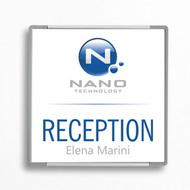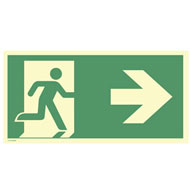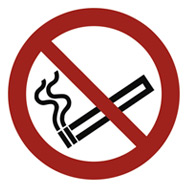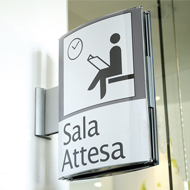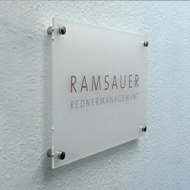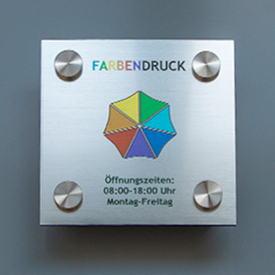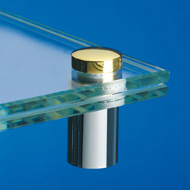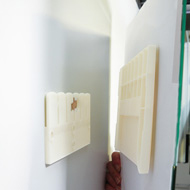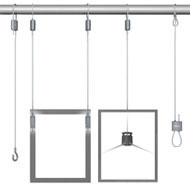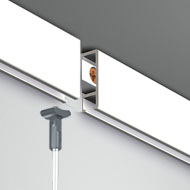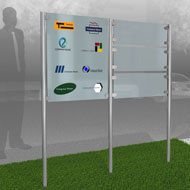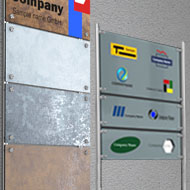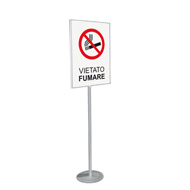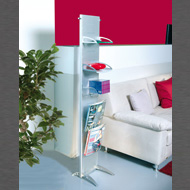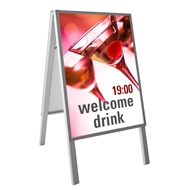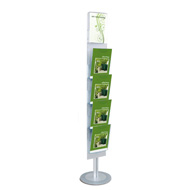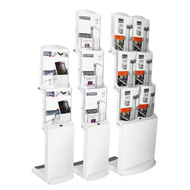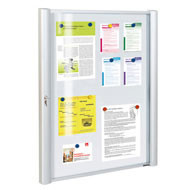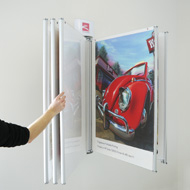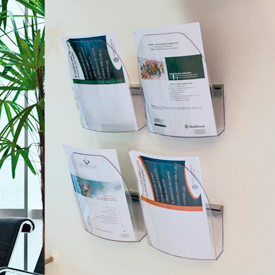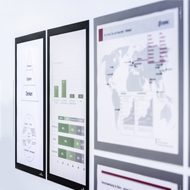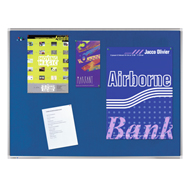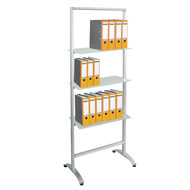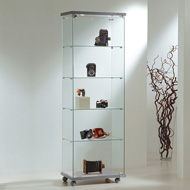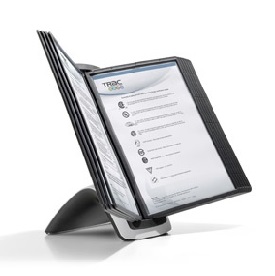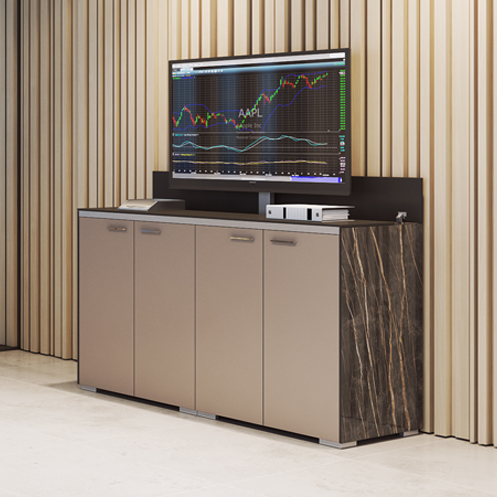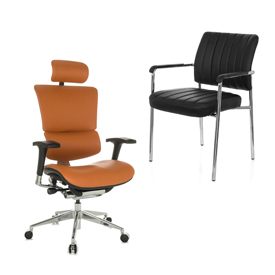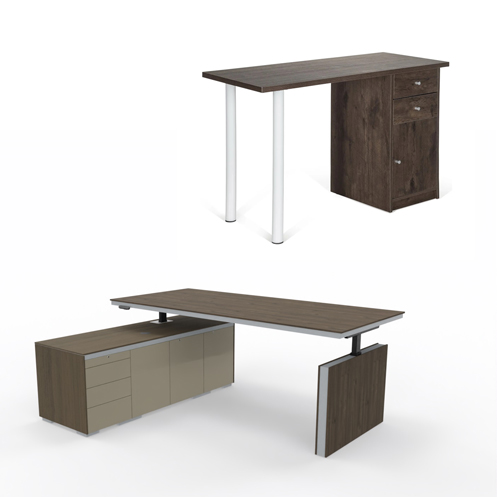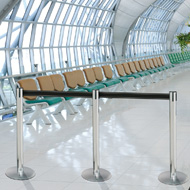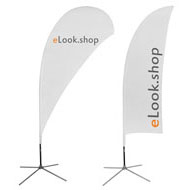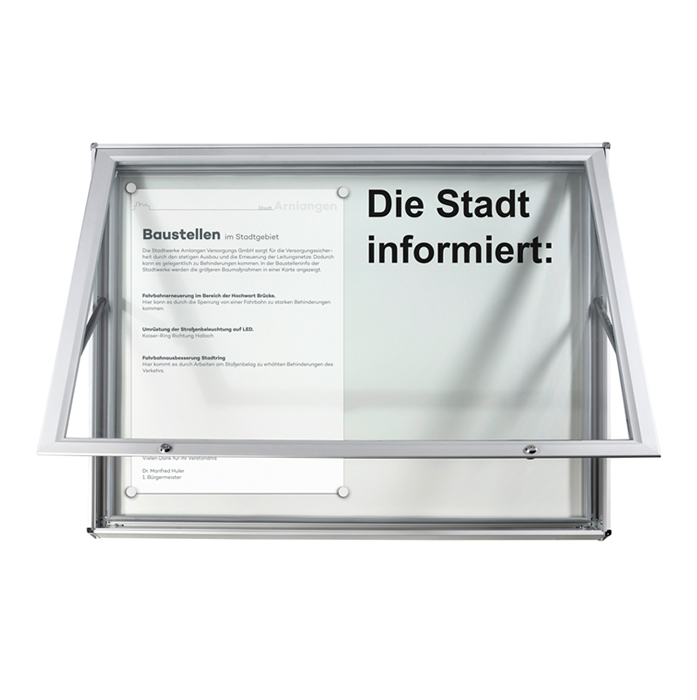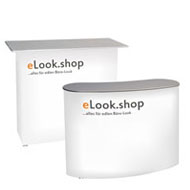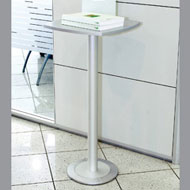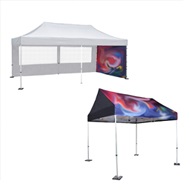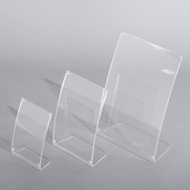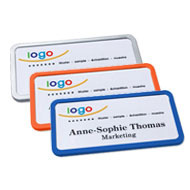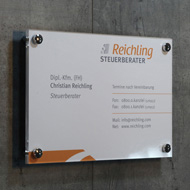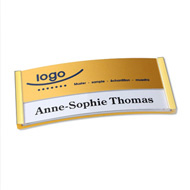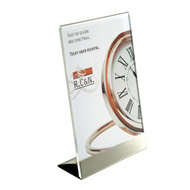The role of signs in patient communication
Thursday, August 1, 2024
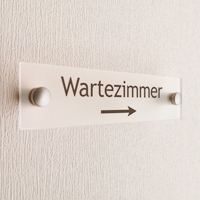 Effective communication and efficient navigation are crucial for the smooth running of any medical practice. Signs play an essential role in guiding, informing and reassuring patients. In this article we look at how signs improve patient communication and how a well-thought-out patient guidance system can optimize your practice.
Effective communication and efficient navigation are crucial for the smooth running of any medical practice. Signs play an essential role in guiding, informing and reassuring patients. In this article we look at how signs improve patient communication and how a well-thought-out patient guidance system can optimize your practice.Welcome and orientation
As soon as you enter the practice, well-placed welcome signs create a friendly atmosphere and immediately make patients feel welcome. Orientation signs that show the way to reception, the waiting areas and the treatment rooms help patients to find their way quickly.Information and security
Signs are also an important source of information about opening times, special instructions (e.g. cell phone ban, mask requirement) and safety precautions. This information helps to avoid misunderstandings and increase patients' sense of security.Reassurance and trust
Well-designed signs can also help reduce patient anxiety. For example, calming messages or information about available services (e.g. water, magazines) in the waiting area can make the stay more pleasant. Information about hygiene measures and quality standards also strengthens patients' trust in your practice.How to guide your patients through the practice with signs
An efficient patient guidance system makes a significant contribution to ensuring that patients feel comfortable and safe in your practice. Here are some best practices on how you can implement such a system:1. Clarity and Consistency: Use clear, easy-to-understand language and symbols. Make sure all signs in your practice are designed consistently to avoid confusion. Uniform colors, fonts and designs contribute to recognition and help patients to orientate themselves better.
2. Strategic Placement: Place signs at strategic locations, such as entrances, intersections, and in front of treatment room doors. Make sure that the signs are clearly visible and sufficiently lit. The height of the signs also plays a role - they should be easy to read for both standing and sitting people.
3. Signposts and room names: Use signposts to guide patients through the practice. These should clearly mark the most important areas such as reception, waiting rooms, treatment rooms and sanitary facilities. Room designations with numbers or names also help to make orientation easier.
4. Accessibility: When designing your signs, think about barrier-free solutions. Braille labels and pictograms are helpful for people with visual impairments. Placing signs at a comfortable height for wheelchair users is also important.
5. Digital Support: Consider using digital signs that are flexible and easily updated. Digital displays can display not only static information, but also videos and dynamic content that further inform and entertain patients.
